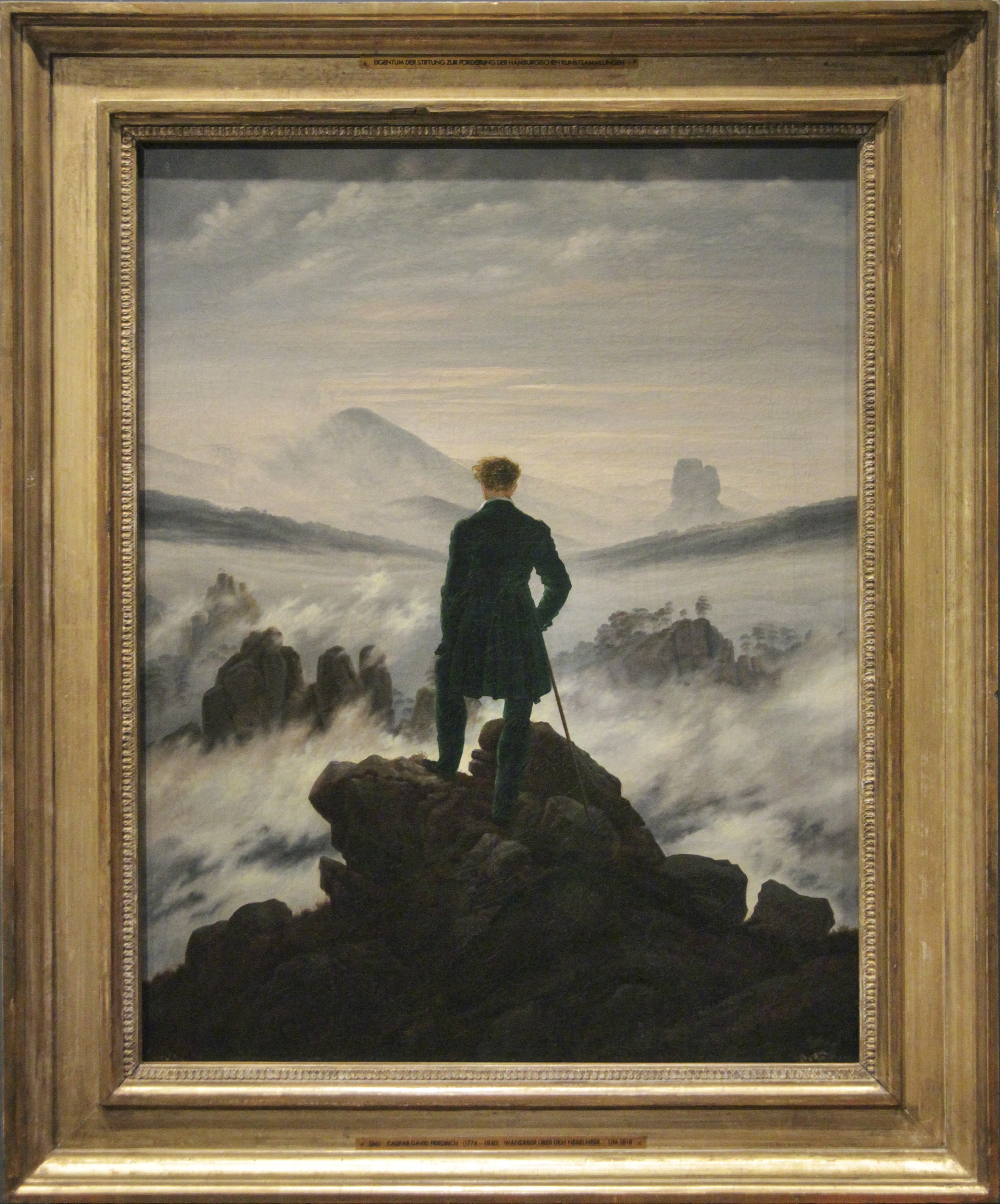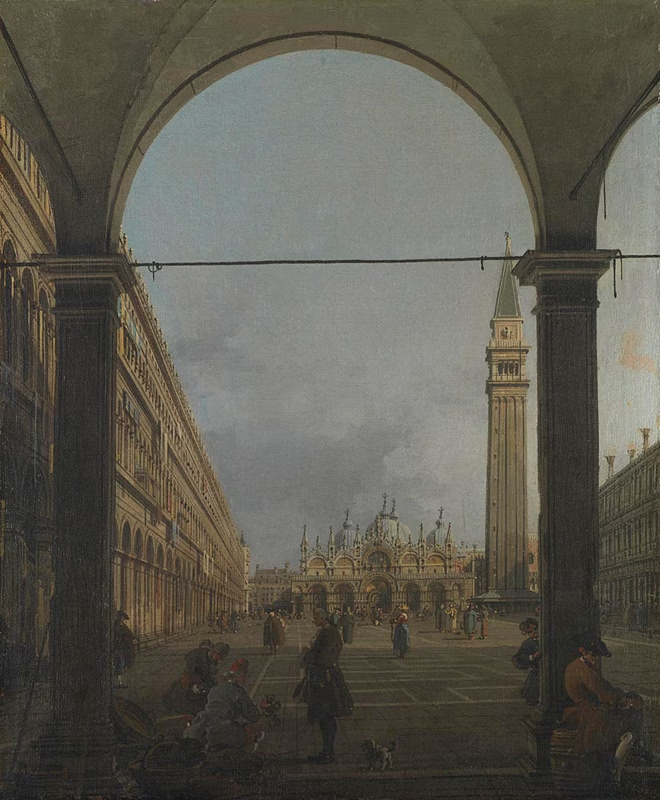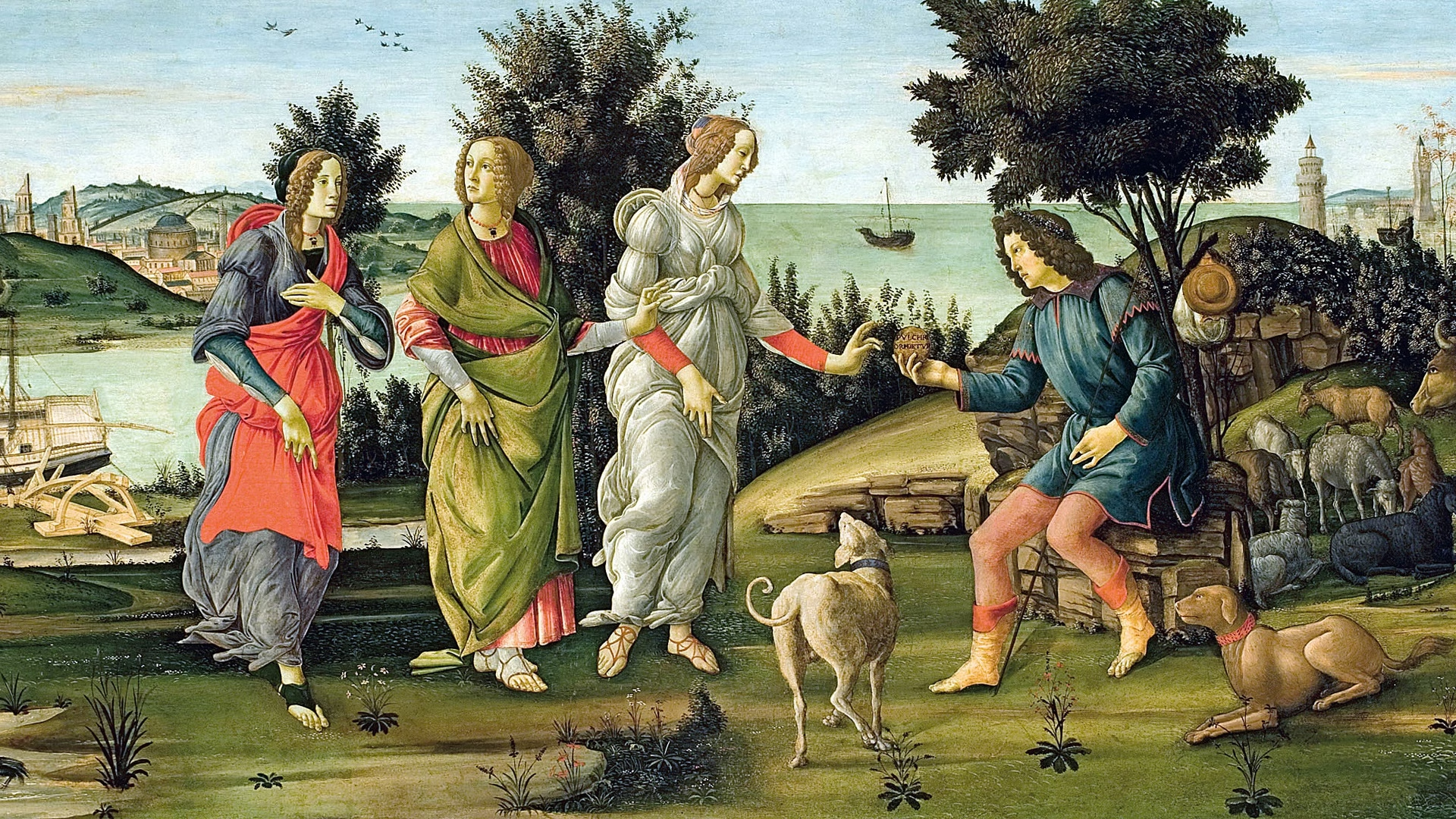No products in the cart.
April 23, 2025
In just over two weeks, I’ll be heading to Spain – the Costa Brava, to be exact – and I honestly can’t wait. It’s been ages since I’ve seen the beach, and my longing for the sea has been getting a little out of hand.
But you know how it is when excitement builds – you start to daydream.
Will we be wandering through quiet alleyways in the morning, or just soaking up the sun with no rush at all?
And then I had a thought: What if we looked at the way we travel with a playful eye – and matched it to an art era?
Curious what that might look like? Voilà – here comes a quiz for you! Find out if there's a touch of Baroque wanderlust hiding in you.
Travel broadens the mind – that’s nothing new. And perhaps today’s tourism has its roots in an old tradition: the Grand Tour.
Those who could afford it would send their sons on an extended journey across Europe between the 17th and 19th centuries. Young men from noble or well-off families were expected to study art and culture, learn languages, and experience history on location. And yes – they were also supposed to “sow their wild oats”, then return home and settle down.
Italy was a must. Rome, Florence, Venice – ancient ruins, Renaissance masterpieces, Baroque splendour – and honestly, who could blame them? But stays in France, Switzerland, the Netherlands, or Germany were just as much part of a well-rounded itinerary. The travellers kept sketchbooks and wrote detailed reports about what they saw along the way.
Many of these travellers returned with a trained eye and a newfound sense of aesthetics. They built and designed their country estates in the style of what they had seen on their journeys, or they began to assemble their own art collections. And that had a lasting influence on the arts and culture back home.
Johann Wolfgang von Goethe, for example, didn’t just write enthusiastic letters about ancient art and classical harmony during his travels through Italy (1786–1788) – what he saw also left its mark on his writing, his drawings, and even his ideas about garden design.
Thanks to the Grand Tour, artistic styles were able to spread across entire regions. Roman frescoes inspired interiors in Weimar, Venetian light found its way into Dutch landscape painting, and neoclassical buildings began to appear in England.
The British Museum in London is one such building. Its façade, with its portico and columns, clearly echoes ancient Greek temples. Robert Smirke, the architect responsible for the main wing and façade, had travelled through Europe on his own Grand Tour from 1801 to 1805.
Many of the objects in the British Museum’s collection were “souvenirs” brought back from such journeys – sculptures, coins, books, drawings and ancient artefacts made their way to England this way. Culturally significant, no doubt – though from today’s perspective, not always unproblematic, as they weren’t necessarily acquired with the consent of the countries they came from.
Of course, a holiday today is rarely a Grand Tour in the classical sense – but who knows? Maybe there’s a little Renaissance soul or Baroque bon vivant in you after all.
Ready to find out?
Take the quiz and discover which art era matches your travel style.
See your results
Nature stirs a deep sense of longing in you – and sometimes even a touch of melancholy. You like to go with the flow. When you travel, you’re not chasing action but a feeling. A special kind of light in the late afternoon, an empty beach, a hike through misty woods – that’s your element. And it’s not just about seeing, it’s about sensing.
Like the artists of Romanticism, you see something greater – sometimes even comforting – in nature. You’re not searching for the perfect selfie, but for moments that feel real. Your camera often stays tucked away, because you’d rather just be present. And when you do take a photo, it’s a quiet moment full of atmosphere. Maybe you carry a sketchbook or travel journal – not to record, but simply because it feels right.
The Romantics of the 19th century were travellers in the truest sense: Caspar David Friedrich sought out the Saxon Switzerland, William Turner captured the light over Venice, and in the journals of Bettina von Arnim, you can sense the same kind of wanderlust that fills today’s travel blogs.
For you, travelling is a gentle kind of discovery – not just of landscapes, but of yourself.

Caspar David Friedrich | Wanderer above the Sea of Fog, Hamburger Kunsthalle
You live life to the fullest – and your travels are a celebration of the senses: good food, striking architecture, maybe even a touch of luxury or extravagance. A stylish hotel? Absolutely. A bit of drama in the view? Yes, please. You enjoy being impressed – and making an impression yourself.
Your camera captures bold contrasts: light and shadow, gold and depth. You love discovering beauty on the go, taking your time, and treating yourself well. You might even plan a few highlights into your trip – a concert in a historic hall or a glass of wine with a view over the city. You celebrate life with feeling, flair, and a dash of theatrical spirit.
Baroque art embraces the grand gesture – playing with light, emotion, sensuality, and spectacle. In the works of Caravaggio, faces glow against deep darkness; Bernini’s church interiors combine spiritual awe with dramatic light; and Artemisia Gentileschi painted women with power and intensity.
The Baroque was never quiet – and neither are you when you travel. You bring energy, a sense of atmosphere, and a deep appreciation for beauty in its most opulent form.

Giovanni Antonio Canal, known as Canaletto | Venice – St Mark’s Square, c. 1758, National Gallery, London
You travel with curiosity – and an eye for the bigger picture. For you, a holiday isn’t just about relaxing, it’s about broadening your horizons. You want to understand, explore, learn. You pause in front of an old façade because you really want to see it. You read up on the history of places, visit museums – not to tick boxes, but because the stories genuinely interest you.
Your perspective is structured, clear, and focused. Maybe you plan your trips in advance, seeking out true highlights or little details others might overlook. Like the artists of the Renaissance, you’re fascinated by the interplay of people, space, and ideas.
Renaissance art was all about seeing the whole – and what lies beneath. Perspective became a tool for creating order, and proportion a way to express harmony. In the paintings of Leonardo da Vinci and Raphael, we find a worldview in which the human being stands at the centre – not to rule, but to understand.
And maybe, when you travel, you’re a little like the great minds of that time: open to new perspectives, attentive to details – and drawn to a kind of beauty that goes deeper than appearances.

Sandro Botticelli | The Judgment of Paris, Fondazione Giorgio Cini, Venice
Spontaneous, open, a little unconventional – you love getting new impulses while on the go. You head out first and see what happens. That’s how you stumble upon hidden cafés that don’t show up in every guidebook, or an exhibition that completely captivates you. You often find beauty where others pass by without noticing – in everyday moments, in contrasts, in motion.
Your photos might be a little tilted or blurry, but they capture something real. You’re open to the new, drawn to creative places, inspiring people, and unexpected paths. Like Modernism itself, you’re not searching for perfect form – you’re after the energy of the now. Your travels are an expression of freedom – and sometimes, a small escape from the familiar.
Modern art was all about breaking away, experimenting, and letting go of the old rules. Artists like Paul Klee, Wassily Kandinsky, or Sonia Delaunay painted what no longer fit into classical compositions: movement, rhythm, the everyday, emotion. Their works often feel like visual travel diaries – full of impressions, fragments, and energy.
And maybe, when you travel, you’re a bit like they were in the studio: curious, open to the moment – and always just a little on the lookout for what might surprise you.

Paul Klee | Main Path and Byways, Museum Ludwig
Which era lives in you? Do you recognize yourself? Feel free to drop it in the comments – I’d love to know who I might be swapping sunset photos with sometime soon.
In any case, I hope you enjoyed this not-too-serious little quiz. And maybe it even brought your own travel plans to mind. Either way – sending you some early travel vibes already!
Join the newsletter now
and not miss a thing
Get exclusive insights into my creative processes, learn the stories behind my artwork
and receive invitations to my exhibitions and events.
To say thank you, I'll give you 10% off your first purchase.